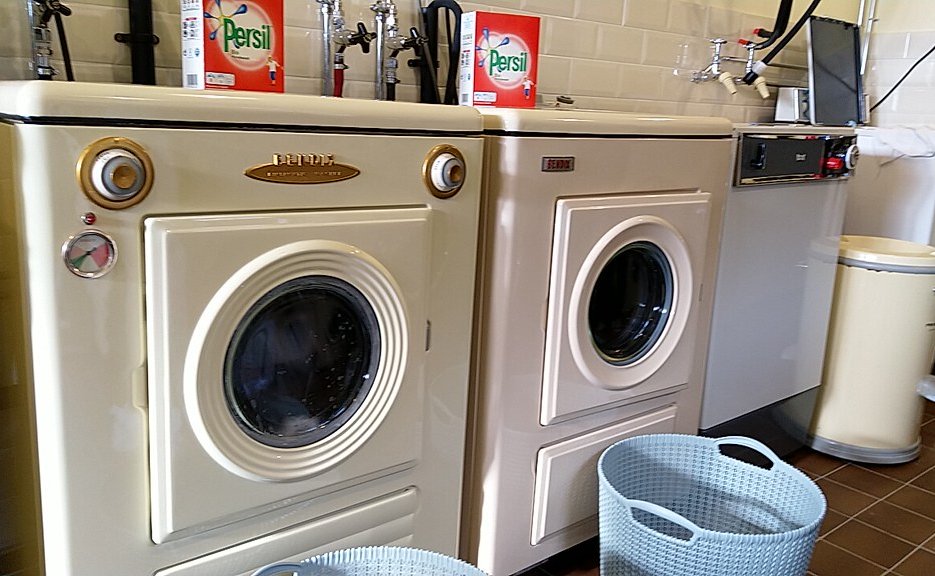The 20th Century's Most Important Inventions
The 20th century was a pivotal time in human advancement. Many of today's everyday items were invented in that century and prove just as useful now as they were then. Let's examine some of the most important inventions of the 20th century.
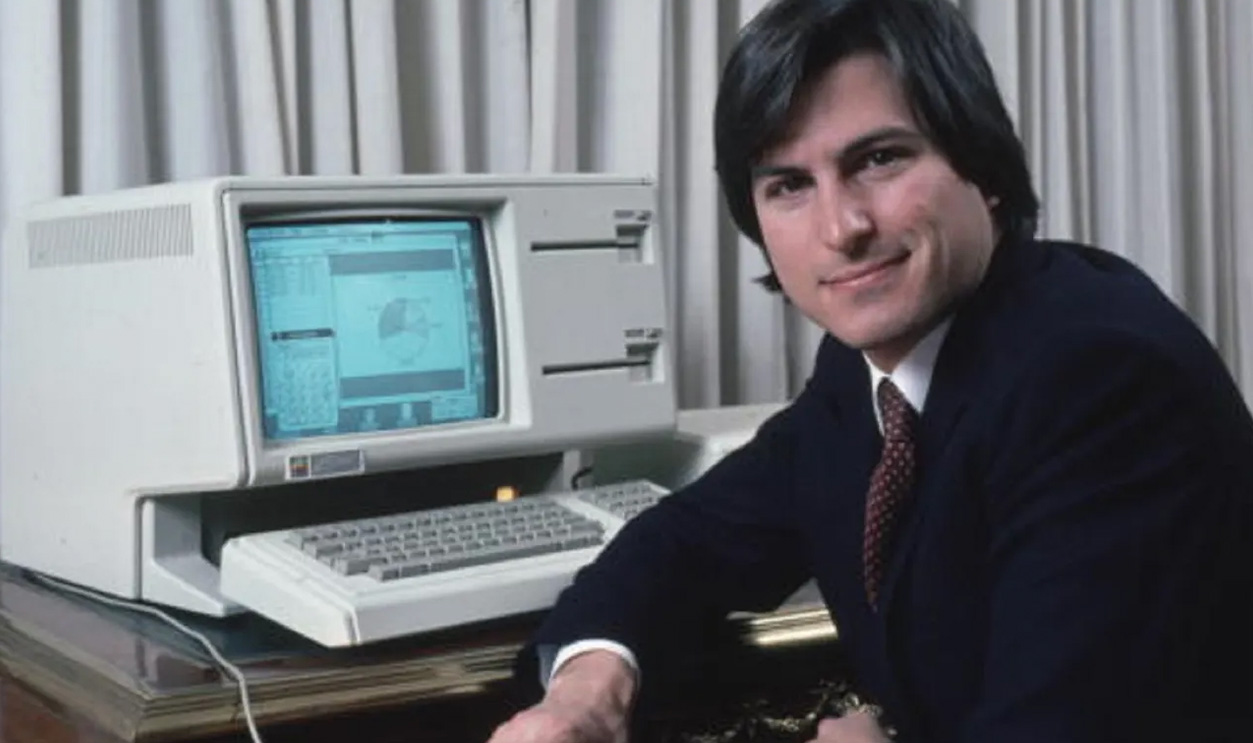
Antibiotics
Antibiotics are still saving lives today—all thanks to a 1928 invention by British bacteriologist Alexander Fleming. The scientist noticed that mold was growing on bacteria in a petri dish in his lab. He was able to isolate the mold and invented penicillin, the original antibiotic. It transformed medicine and saved countless lives.
Airplanes
The invention of airplanes in 1903 transformed travel. The airplane was invented by Orville and Wilbur Wright, who built on the works of George Cayley, who himself was inspired by Leonardo Da Vinci. The Wright Brothers' airplane took to the skies in 1903 and is recognized as the first "controlled, heavier-than-air powered flight".
 Unknown Artist, Wikimedia Commons
Unknown Artist, Wikimedia Commons
Airbags
These life-saving devices were invented in 1952 by John W Hettrick, who invented an air-filled bladder that would inflate rapidly using compressed air, in the event of a collision. His airbag system coincided with the development of sensors on vehicles. This dramatically reduced the number of serious injuries from collisions.
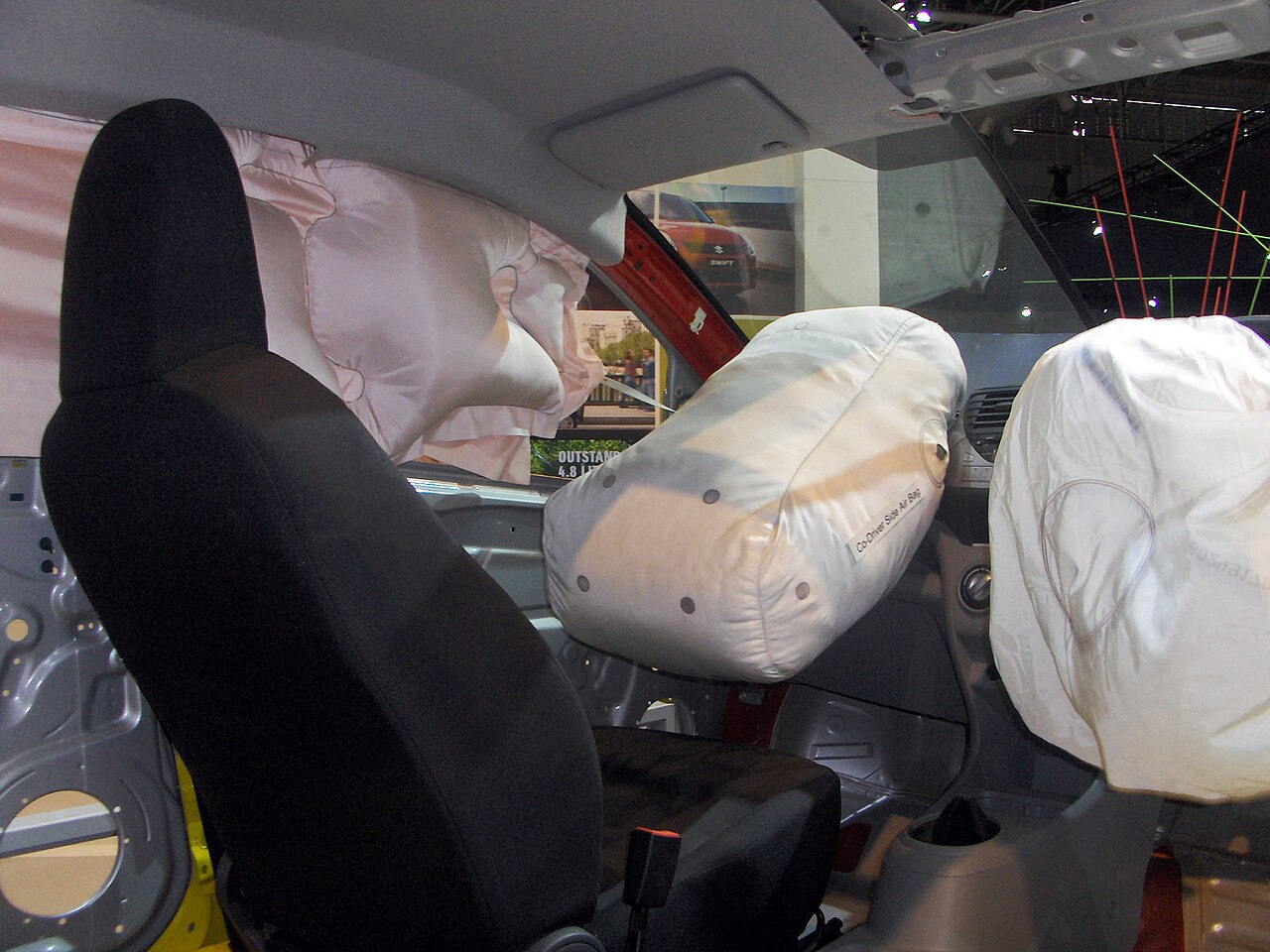 Pineapple fez, CC BY-SA 3.0, Wikimedia Commons
Pineapple fez, CC BY-SA 3.0, Wikimedia Commons
Automobiles
But before there was the airbag, there was the automobile. Henry Ford is widely credited with making the automobile widely available to the public—but the first instance of an automobile can reasonably be attributed to Karl Benz and Gottlieb Daimler. These German inventors filed their patents on the same day in 1886. Benz's machine was three-wheeled and featured an internal combustion engine. Daimler's design was four-wheeled and powered by a gasoline engine.
 Sicnag, CC BY 2.0, Wikimedia Commons
Sicnag, CC BY 2.0, Wikimedia Commons
Blenders
Polish-American inventor Stephen Poplawski gets the plaudits for inventing the blender. If you like smoothies in the morning, you have this guy to thank. He invented a blending machine in 1922 for making milkshakes. 10 years later, he received a further patent for a machine that would make the modern-day "smoothie".
Baby Monitors
The invention of the baby monitor has a tragic backstory: media personality Charles Lindbergh's son was tragically kidnapped from his home and murdered, while his wife and babysitter were in the house. Inspired by the Lindbergh's story, Eugene F McDonald, in partnership with Japanese designer Isamu Noguchi, created the first baby monitor, called "Radio Nurse".
 ajay_suresh, CC BY 2.0, Wikimedia Commons
ajay_suresh, CC BY 2.0, Wikimedia Commons
Calculators
While calculators have existed in different forms since Ancient Egypt, the first reasonably-sized electronic calculator was invented in 1957 by the Casio Computer Company in Japan. But the first hand-held electronic calculator was the invention of Jack Killby of Texas Instruments, in 1967.
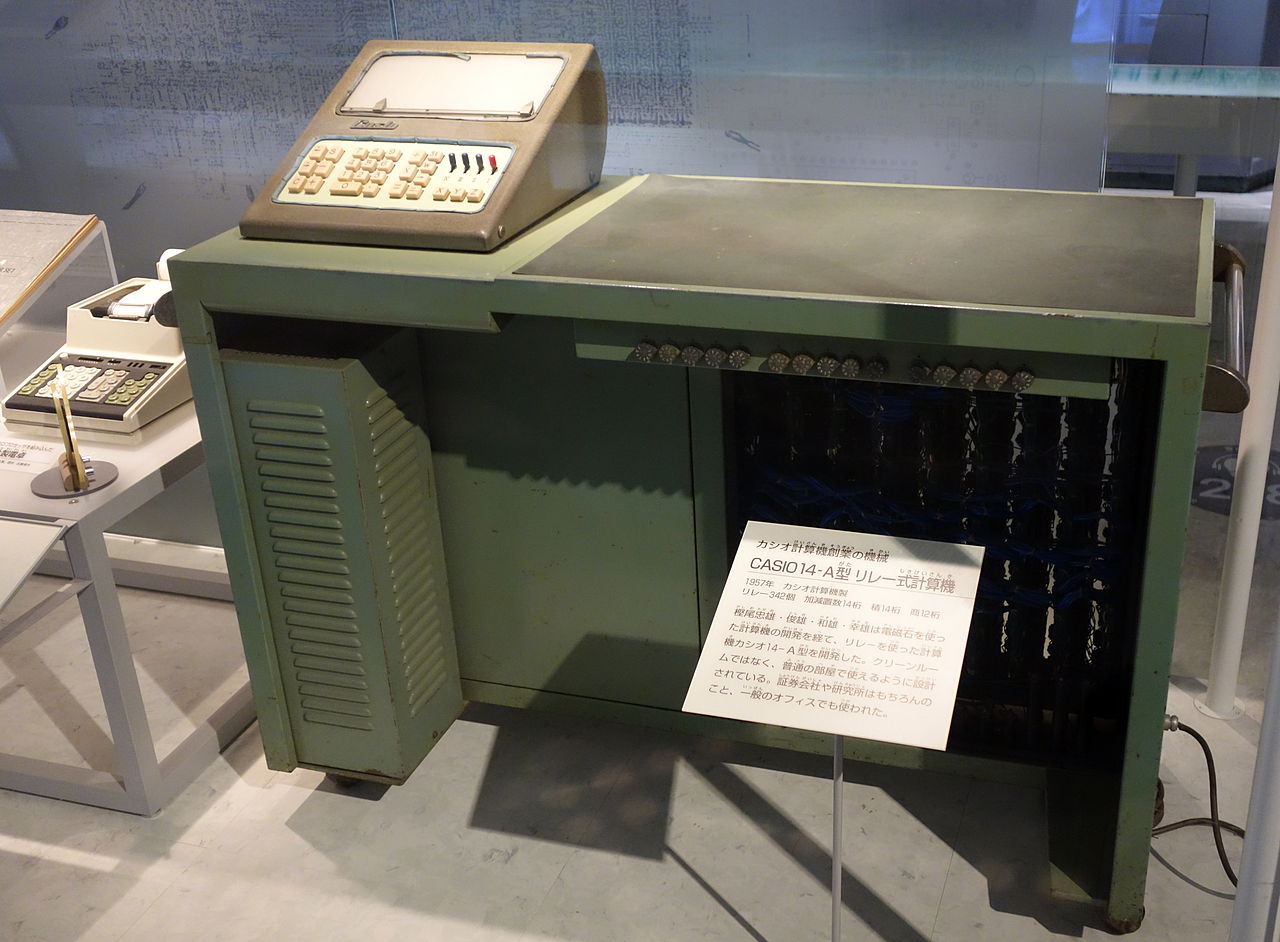 Daderot, CC0, Wikimedia Commons
Daderot, CC0, Wikimedia Commons
Credit Cards
The first "credit card" was invented by Frank McNamara in 1949 in New York, after he left his wallet at home. McNamara thought that he could use a multi-purpose cardboard card instead, with a signature. Known then as a "charge card", McNamara returned the next day with this cardboard card and successfully paid for his meal. One year later, McNamara and his lawyer founded "Diners Club International", the first credit card company.
 Yuri Samoilov, CC BY 2.0, Wikimedia Commons
Yuri Samoilov, CC BY 2.0, Wikimedia Commons

History's most fascinating stories and darkest secrets, delivered to your inbox daily.
Convection Ovens
Convection ovens allow warm air to move around an oven using a fan. The first instance of this type of oven dates all the way back to 1914, but the oven was never commercially released. The first commercial convection oven was the Maxson Whirlwind Oven, released in 1945. The first full-size convection oven was created in 1967 by the Malleable Iron Range Company.
Debit Cards
Debit cards were first unveiled by the Bank of Delaware in1966, and were supposed to be used to pay for items with a cash or cheque—the money owed would simply be withdrawn directly from your bank account. However, this didn't work outside of your state until the 1970s, when other banks began to use debit cards and they became the mainstream method of payment in the United States.
 ING Nederland, CC BY-SA 2.0, Wikimedia Commons
ING Nederland, CC BY-SA 2.0, Wikimedia Commons
Dehumidifiers
If you live in a hot, humid environment, then you'll know all about the wonderful invention that is the dehumidifier. The first dehumidifier was invented surprisingly early in the 20th century—in 1902 by Willis Carrier. He used cold water-filled coils to extract humidity from the air by cooling. It would be the inspiration for modern air conditioning.
 AngelNick, CC BY-SA 3.0, Wikimedia Commons
AngelNick, CC BY-SA 3.0, Wikimedia Commons
Electric Toothbrushes
While we all know that manual toothbrushes are great, electric toothbrushes just seem to do a better job, don't they? Well, for that you can thank Tomlinson Moseley, who put a small electric motor into the base of a toothbrush and received a patent for the "Motodent" on December 13, 1937.
 Jacek Halicki, CC BY-SA 4.0, Wikimedia Commons
Jacek Halicki, CC BY-SA 4.0, Wikimedia Commons
Escalators
Escalators have a long history, dating back to 1892, when Jesse Reno patented the "Endless Conveyor", which, while not called an escalator, did work. Inventor George A Wheeler improved the design of the Endless Conveyor, but never brought any of his ideas to market. In 1899, Charles Seeburger bought Wheeler's patent and named his redesign the "escalator".
 Basile Morin, CC BY-SA 4.0, Wikimedia Commons
Basile Morin, CC BY-SA 4.0, Wikimedia Commons
Food Processors
Food processors were invented by German manufacturer Electrostar in 1946. It was just a blender, by anyone's metric, with a few new attachments for slicing bread, milk centrifuges and ice cream bowls. The modern food processor was invented by Pierre Verdun in 1963 when he simply carved a hole in the bottom of a bowl and placed a bladed attachment in it. This evolved into the "Robot Coupe Magimix". Americans didn't see a "food processor" until the Magamix 1800 was sold under the Cuisinart brand in 1973.
 Donovan Govan, CC BY-SA 3.0, Wikimedia Commons
Donovan Govan, CC BY-SA 3.0, Wikimedia Commons
Ford Model T
The Ford Model T was first released in 1908. Developed by Henry Ford as the flagship vehicle of the Ford Motor Company, the Model T was the first mass-produced automobile in history and made driving more accessible for everyday Americans. Despite ceasing sales of the Model T in 1927, the Ford Model T sold 15 million units.
 Matti Blume, CC BY-SA 4.0, Wikimedia Commons
Matti Blume, CC BY-SA 4.0, Wikimedia Commons
GPS
If you've ever needed to use a GPS to get anywhere, then you can thank the United States Government for inventing it. The Global Positioning System was invented in 1973 by Roger Easton, Ivan Getting, Bradford Parkinson, including work by Gladys West, who created the geodetic earth model upon which the above's work is based. The Global Positioning System was available for the public to use from 1978 onwards, but had originally been designed for the US military.
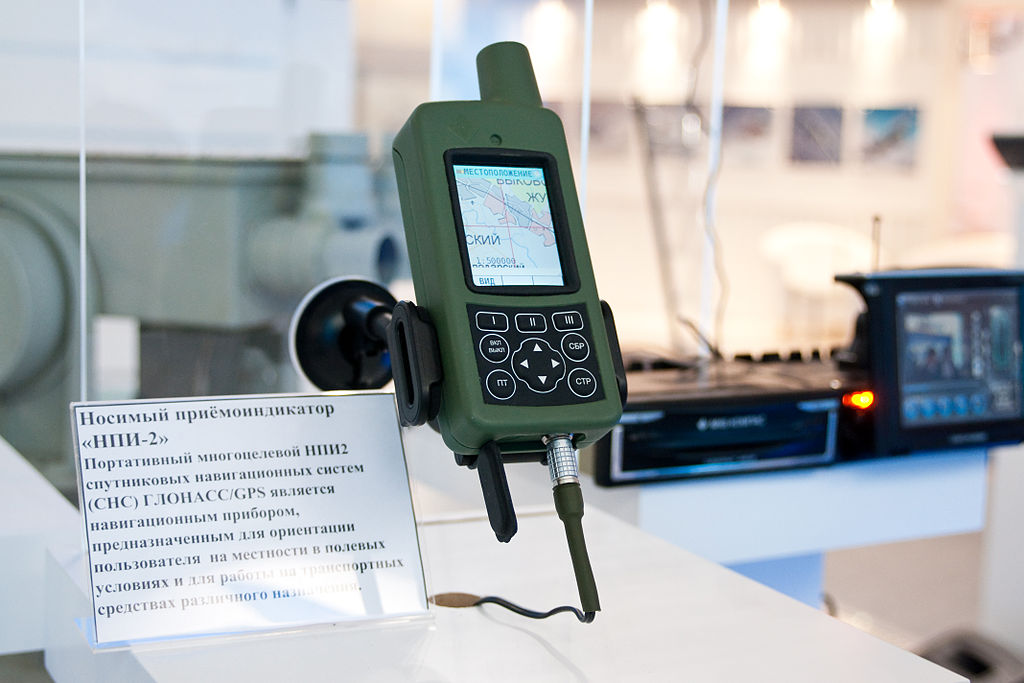 Eugene Ter-Avakyan, CC BY 2.0, Wikimedia Commons
Eugene Ter-Avakyan, CC BY 2.0, Wikimedia Commons
Hand Dryers
The first hand-drying units were invented in 1922 by RB Hibbard, DJ Watrous, and JG Bassett, marketed as the "Dryer Machine" for the Air Dry Corporation of America. Consisting of a freestanding inverted dryer, controlled by a floor pedal, they were first distributed in barbershops, factories, and restrooms across America.
 Baron Maddock, CC BY 4.0, Wikimedia Commons
Baron Maddock, CC BY 4.0, Wikimedia Commons
Helmet Cameras
There's little information about the first existence of a helmet camera, but the earliest notable innovation of a helmet camera occurred in 1987, when Mark Schulze mounted the first consumer color chip camera to a bicycle helmet while producing The Great Mountain Biking Video (1987). This camera transmitted images via a cable to a Panasonic video camcorder and a DC battery (for power), contained within a padded backpack.
 Pattymooney, CC BY-SA 3.0, Wikimedia Commons
Pattymooney, CC BY-SA 3.0, Wikimedia Commons
Jet Engines
If you've ever flown anywhere, jet engines have got you there. While enormous and extremely complicated in their design, the first jet engines have been around since 1906. That's when Russian engineer VV Karavodin filed a patent for the first functional jet engine, known as the Pulsejet.
Laundry Detergent
Laundry detergent was first invented by the owner of Burnus, a soap and candle-making company in 1907. Created by a German chemist, Dr Otto Rohm, the detergent was made by introducing enzymes into a soap mixture. Piggybacking off Rohm's work, the German company Persil produced the world's first laundry powder. It was the precursor for Procter & Gamble's David Beryly to invent Tide in 1930, as the world's first "heavy-duty" laundry detergent.
 Mr.Nostalgic, Wikimedia Commons
Mr.Nostalgic, Wikimedia Commons
Leaf Blowers
Developed by some impatient person who couldn't let the wind do its job—only joking, leaf blowers were invented to be helpful tools to blow away unsightly leaves from driveways. Actually, in 1947, the device was invented by Japanese design company Kyoritsu Noki, who released its first gas-powered fogger machine with a vacuum-style blower attachment. Today, the company is better-known as Echo in the United States.
 Wolfmann, CC BY-SA 4.0, Wikimedia Commons
Wolfmann, CC BY-SA 4.0, Wikimedia Commons
MRI Machines
Magnetic resonance imaging (MRI) uses magnetic fields and radio waves to generate images of the brain inside the skull. Used during treatments of neurological conditions or injuries, MRI machines were first invented in 1971 by Paul Lauterbur, who employed a back-projection technique and applied it to magnetic field gradients in 3D to create Nuclear Magnetic Resonance (NMR) images. Semiconductor technology advancements in the 1980s and 90s made way for the modern MRI machines.
 Walter Davies, CC BY-SA 4.0, Wikimedia Commons
Walter Davies, CC BY-SA 4.0, Wikimedia Commons
Microwave Ovens
Microwave ovens were invented almost by accident. American engineer Percy Spencer was looking forward to a chocolate bar, one day in 1945, when he noticed that the aforementioned bar had melted in his pocket after he'd stood nearby a magnetron tube. This observation was used to create the RadaRange in 1946, the first commercial microwave oven available in the United States.
Paper Towel
Known initially as "restroom tissues" and "Sani-Towels", paper towels were invented by the Scott Paper Company in 1907. Fast-forward to 1919 and William Corbin of the Brown Company in Berlin, New Hampshire perfected and began mass-producing the paper towel as the "Nibroc Paper Towels", the first name being an anagram of Corbin, after William Corbin.
 Santeri Viinamäki, CC BY-SA 4.0, Wikimedia Commons
Santeri Viinamäki, CC BY-SA 4.0, Wikimedia Commons
Personal Computers
The first personal computer was invented in 1971 by John Blankenbaker of the Kenbak Corporation. Blankenbaker used a series of small-scale integrated circuits to design the computer and it only featured 256 bytes of memory. Only 44 units were ever sold of the 52 built. Kenbak Corporation, despite inventing a machine that would change the world, folded in 1973.
 Ruben de Rijcke, CC BY-SA 4.0, Wikimedia Commons
Ruben de Rijcke, CC BY-SA 4.0, Wikimedia Commons
Refrigerators
The history of electric refrigeration dates back to 1894, when Hungarian industrialist István Röck manufactured an industrial refrigerator powered by electric compressors. In 1906, the first cold store in Hungary opened, with 3,000 ton capacity. In 1913, the first fridges were introduced for home use by Fred W Wolf of Indiana—this early model was mounted on top of an ice box.
Robotic Lawn Mowers
Robotic lawn mowers are great options for those who don't have the time to mow their own lawn and don't have the money to pay someone else to do it for them. Invented in 1969 by Lawrence Bellinger, and marketed as the MowBot, it had many features of today's most popular robot mowers. The Husqvarna Group popularized the robotic lawn mower in 1995—this one, powered by solar, was originally patented by André Collins.
 W.carter, CC BY-SA 4.0, Wikimedia Commons
W.carter, CC BY-SA 4.0, Wikimedia Commons
Sonar Technology
Despite the history of sonar technology dating back to 1822, when Swiss man Daniel Colloden used an underwater bell to calculate the speed of sound underwater, it wasn't popular until Lewis Nixon invented the first sonar listening device in 1906, to help ships detect icebergs. In 1915, Paul Langévin invented an "echolocator to detect submarines", which inspired much of modern sonar technology.
 Fanny Schertzer, CC BY-SA 3.0, Wikimedia Commons
Fanny Schertzer, CC BY-SA 3.0, Wikimedia Commons
Solid-state Drives (SSDs)
Your computer that you're reading this article on likely contains a solid-state hard drive, or solid-state drive. SSDs differ from hard drives as their components rely on flash memory and do not move, unlike hard disk drives, which use platter technology. SSDs were first invented in 1978 and used semiconductor technology. The first one ever marketed was the StorageTek STC 4305.
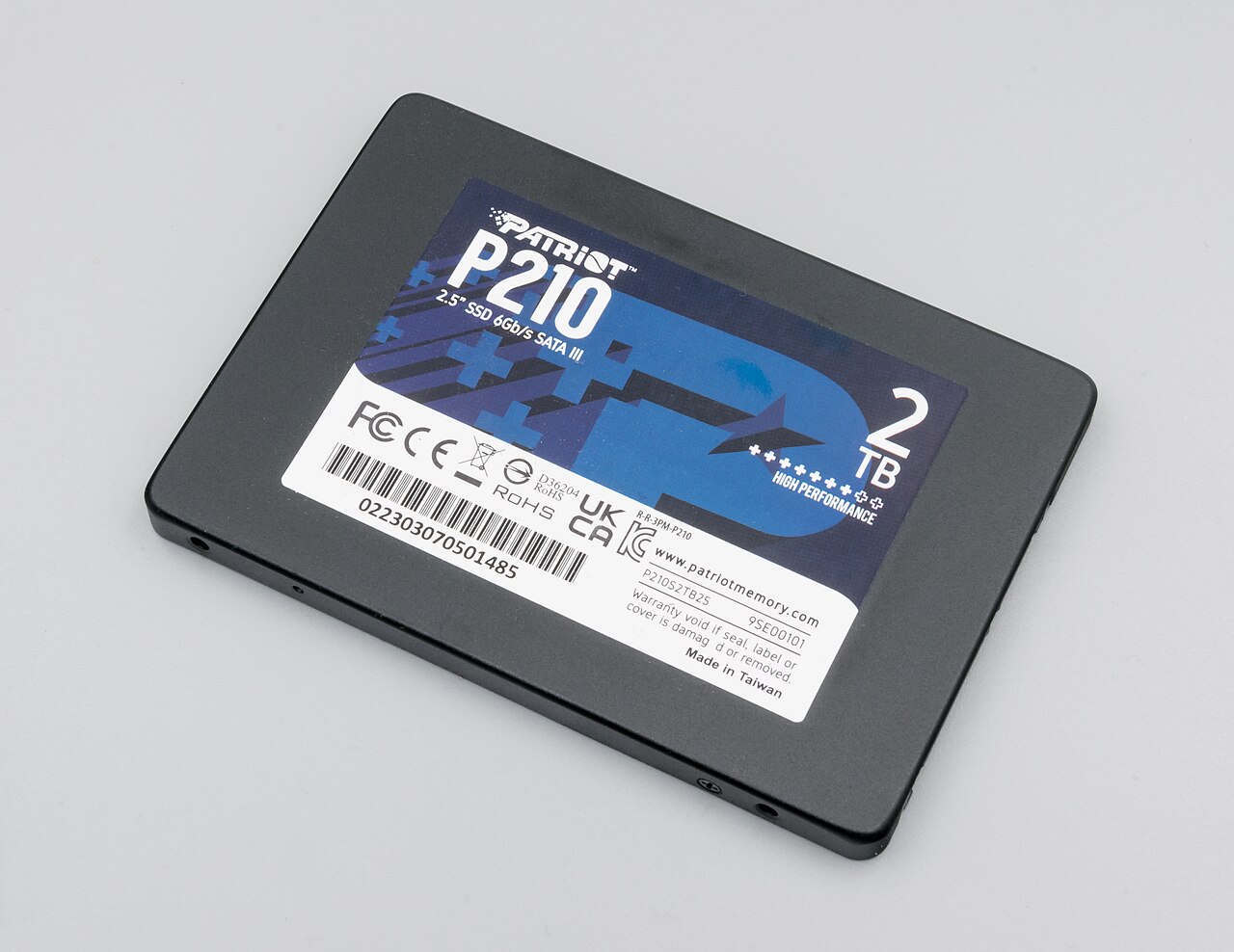 Jacek Halicki, CC BY-SA 4.0, Wikimedia Commons
Jacek Halicki, CC BY-SA 4.0, Wikimedia Commons
The Land Camera
The Land Camera was first created in 1947 by the Polaroid Corporation. The world's first instant camera, the Land Camera enabled users to release the film manually, pull a tab, and peel the negative off the finished positive print. Polaroids have recently made a huge comeback in popularity, but the instantaneous nature of the images revolutionized photography.
 Chris Lüders, CC BY-SA 4.0, Wikimedia Commons
Chris Lüders, CC BY-SA 4.0, Wikimedia Commons
Televisions
The thing we all watch hours of every week was first invented in 1927 by American inventor Philo Farnsworth. His "image dissector camera tube" transmitted its very first image on September 1, 1927—a simple straight line that would serve as proof-of-concept. In 1928, he transmitted the first live human image on television—a 3.5-inch image of his wife, with her eyes closed.
 Fletcher6, CC BY-SA 3.0, Wikimedia Commons
Fletcher6, CC BY-SA 3.0, Wikimedia Commons
Technicolor
Technicolor is the precursor to modern color images that we see every single day. First invented in 1916 by Herbert Kalmus, Daniel Cornstock, and W Burton Westcott, Technicolor image processing involved exposing two images from a black-and-white film strip behind a green and red filter. The first ever film produced in Technicolor was called The Gulf Between (1917) and featured a tour of European and American cities.
 Carl Gregory, Wikimedia Commons
Carl Gregory, Wikimedia Commons
The Internet
The World Wide Web is a collection of webpages; the Internet is what those pages are viewed, accessed, and transmitted on. It's a network of interconnected computers that transmit and receive information near-instantaneously. First theorized in the 1960s by JCR Licklider, the first Internet protocol suite was standardized in 1982, thus facilitating the modern Internet that we know today—in combination with the World Wide Web.
 Larry D. Moore, CC BY 4.0, Wikimedia Commons
Larry D. Moore, CC BY 4.0, Wikimedia Commons
World Wide Web
The World Wide Web was first invented in 1989 by a British computer scientist, Sir Tim Berners-Lee. While working at CERN in Geneva, Switzerland, Berners-Lee linked documents together using hyperlinks on the Internet to create the World Wide Web, which was first put into the public domain in 1990.
 Joseph Ayerle, Wikimedia Commons
Joseph Ayerle, Wikimedia Commons
Washer-Dryers
Before washer-dryers, there were simply washing machines and drying machines. But combination washer-dryers weren't seen until 1953, when they were invented by the Bendix Corporation. Featuring a single contained unit that could perform both washing and drying functions, these space-saving and money-saving devices (although probably not great for your electric bill) were incredibly popular.
Tinker, Tailor, Parachute Failure
In 1912, a French tailor by the name of Franz Reichelt attempted to test his coat parachute from the top of the Eiffel Tower, after promising French authorities that he would use a dummy—he jumped into his coat parachute invention at the last minute and 'took off'. Unfortunately, the coat-parachute failed and he plunged to his death.
 Unknown Artist, Wikimedia Commons
Unknown Artist, Wikimedia Commons








